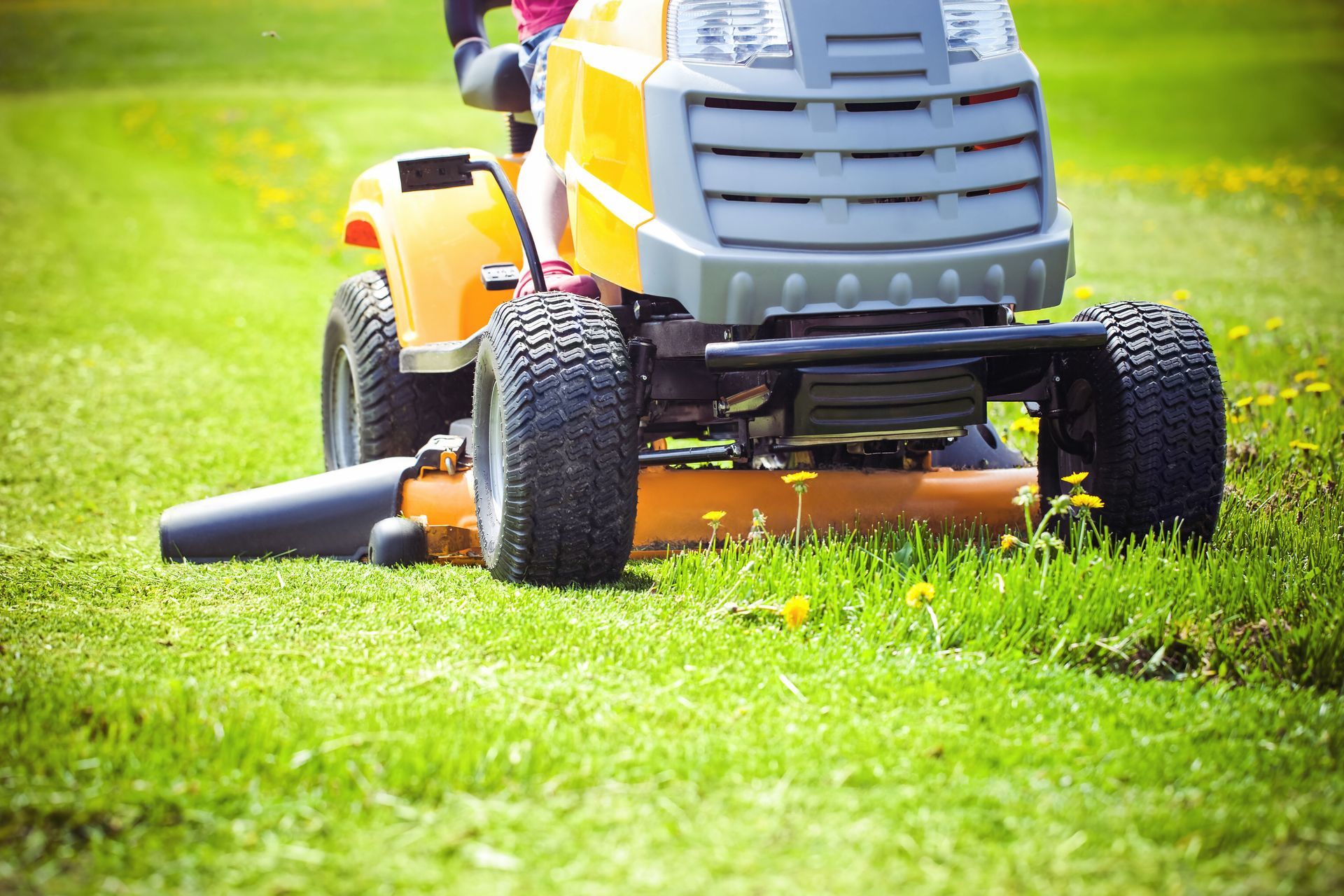Best Practices for Fall Lawn Care Maintenance
Fall is a season of transition, and your lawn requires special care to stay healthy and strong as it prepares for winter. The cooler weather creates an opportunity to correct summer damage and set the stage for lush growth in the spring. With the right strategies, you can maintain a vibrant lawn throughout the fall months. Let's take a look at some of the best practices to help you and your landscapers achieve the lawn of your dreams.
Mowing Consistently
Mowing is one of the most critical aspects of fall lawn care. According to Southern Living, eco lawns require less mowing, needing to be mowed only every two to three weeks. For traditional lawns, it’s important to keep grass trimmed regularly, gradually lowering the mowing height toward the end of fall to prevent matting under snow. Keeping your lawnmower blades sharp ensures clean cuts, which helps reduce the risk of disease. Professional landscapers often emphasize that consistent mowing in the fall prepares your lawn for healthier regrowth in the spring.
Watering Strategically
Watering remains important even as temperatures cool. Fall weather often brings more rainfall, but it’s still essential to ensure your lawn gets about an inch of water per week, including natural precipitation. Water deeply but infrequently, ideally in the morning when evaporation is minimal. Avoid overwatering, which can lead to fungal problems in cooler, damp conditions. Many experienced landscapers recommend continuing deep watering through the fall to encourage root systems to grow stronger, which helps grass survive the winter and bounce back quickly in spring.
Fertilizing Wisely
Fertilization is especially important during the fall months. Apply a slow-release, nitrogen-rich fertilizer in early fall to repair summer damage and promote strong root development before winter dormancy. This strategy helps maintain healthy growth and ensures vibrant color returns in spring. Be careful not to over-fertilize, as excessive nutrients can cause stress before the colder months arrive. Skilled landscapers often highlight that proper fall fertilization is the foundation for a lawn that thrives in the following growing season.
Effective fall lawn care involves consistent mowing, smart watering, and balanced fertilization. By following these best practices, you can prepare your lawn to endure the colder months while setting it up for success in spring. With a little planning and care, your yard can remain an inviting and healthy space throughout the season. Contact Woodland Landscaping LLC today to schedule your consultation!


Share On: